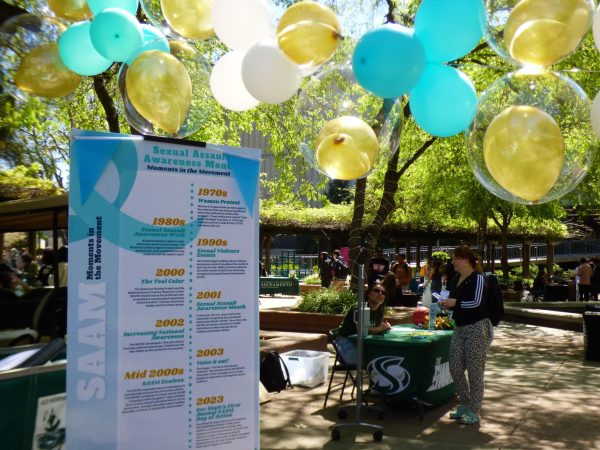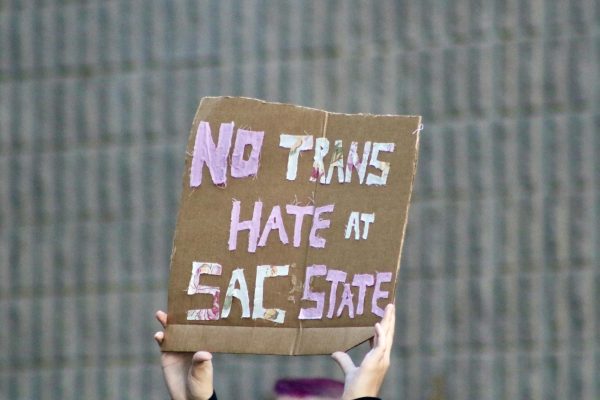Cain gets paid; is Lincecum next?
April 2, 2012
I just turned off the news. The weatherman is reporting a massive front sweeping across the nation today as millions of northern California residents breath a sigh of relief at the reports of Giants’ pitcher Matt Cain’s five-year contract extension.
Cain’s contract talks had been the subject of much speculation throughout the offseason. Reports that the righty had sold his San Francisco house deflated hopes he would stick around, only until a random quote from managing partner Larry Baer or general manager Brian Sabean regarding the team’s willingness to shell out the big bucks inspired new confidence in Giants’ Nation.
The deal, which is guaranteed to keep Cain in orange and black through 2017 and net him $127.5 million, also includes a $21 million vesting option for 2018. The contract makes Cain the highest-paid right-handed pitcher in the history of the game.
Cain is unquestionably one of the 10 best hurlers in baseball, and he deserved his payday. Over the past three years, he’s been arguably San Francisco’s most consistent starter, as he continues to see his SO/9 numbers remain steady while WHIP, BB/9 and H/9 all are still headed in the right direction. He’s never had any injury problems, and hasn’t thrown fewer than 200 innings since 2006, earning him a reputation as a workhorse.
But while Cain’s new-found riches are a great thing for the Giants, it may set a dangerous precedent the club may soon live to regret.
Fellow ace and two-time Cy Young award winner Tim Lincecum’s current contract is up following the 2013 season, so the team may find itself in a similar war of numbers next year. And with Timmy’s relative decoration and superstar status, the expectation may be for his contract to be even more bank-breaking.
But Lincecum’s recent statistics, while still great, are worrisome. In most of the areas in which Cain is trending upward, Lincecum seems to be regressing. His SO/9 ratio has dropped from 10.4 in 2009, his last Cy Young season, down to 9.1 in 2011. Over that same time span, his BB/9 has gone from 2.7 to 3.6.
Perhaps most disturbingly, though, is while he used to have a reputation as a flame thrower, his fastball has dipped down to an average of about 91 mph this spring. Ever since he broke into the league, there has been consistent speculation that his unusual mechanics and delivery may put undue stress on his joints later in his career.
What’s more, Lincecum said Sunday he hasn’t been throwing his slider during spring training, and he doesn’t plan to throw it at all when the season opens Friday. All these things put together seem to hint at wanting to put less stress on his elbow.
When next winter rolls around and Lincecum is looking to be better-compensated than his rotation-mate, the Giants might be wise to temper their check-writing with a little healthy skepticism.
If at the end of the season Lincecum’s velocity is still down, his peripherals are still dropping and his slider still isn’t sliding, especially if he’s missed time due to injury, as painful as it would be to see The Freak leave The Bay, perhaps it would be best to let the Yankees or Red Sox make that $200 million mistake.
Alex Grotewohl can be reached at [email protected].








































































































































